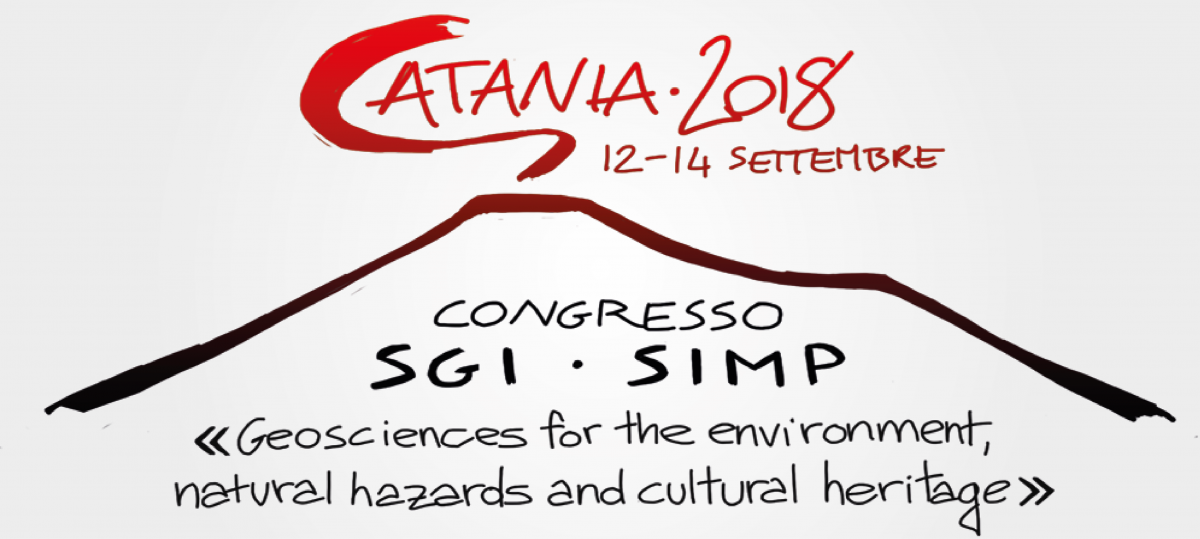Cari colleghi,
vi segnaliamo la sessione P18 di vostro possibile interesse, al congresso della SGI-SIMP che si terrà a Catania dal 12 al 14 settembre 2018 (sito web: http://www.sgicatania2018.it/index.php).
La deadline per la sottomissione degli abstracts è fissata al 21 Maggio 2018.
P18. Tectonics and geodynamics of the central Mediterranean area: evidence from geophysics
Proposers: Fabio Speranza (INGV, Roma) and Claudio Chiarabba (INGV, Roma), Mimmo Palano (INGV, Catania), Sveva Corrado (Univ. Roma Tre)
Located between the African and European plates, Sicily represents one of the most complex pieces of the Mediterranean micro-plate puzzle. Most of Sicily forms the easternmost Maghrebian chain sector, while the NE Sicily corner belongs to the Calabro-Peloritan block. To the SE, the Hyblean plateau is considered to be the northernmost emerged piece of the undeformed African plate. The seas surrounding Sicily formed similarly after different geodynamics: while the Ionian Sea is thought to be the last survivor of the Permo-Triassic Neo-Tethys Ocean, the southern Tyrrhenian Sea spread as a back-arc basin in late Miocene times, and -finally - intra-plate syn-rift processes are occurring since late Miocene times in the Sicily Channel. Geophysical data are clearly instrumental to try unravelling such highly complex tectonic setting, and should represent the benchmarks for tectonic and geodynamic interpretation. This session welcomes all kind of land and marine geophysical data contributing to unveil more in detail the tectonics of Sicily and its surrounding seas. Gravimetric, magnetic, seismic reflection and refraction data are clearly invited as they yield Moho depths, crustal setting, and geometry of the nappe pile, while paleomagnetic data are expected to give rotations occurring during orogenic shortening. In addition, paleothermal and LT thermo-chronological dataset to constrain burial-exhumation evolution during the chain building are also solicited. Seismological and geodetic data (both land- and satellite-based such as GNSS and InSAR) are also of paramount relevance, as they illuminate present-day crust kinematics that not necessarily reflects the kinematics occurring during the last Myrs. Finally, all kind of geophysical / geological contributions focusing on tectonics scenarios that constrain seismic hazard are particularly welcomed.
Un saluto e arrivederci a Catania
Fabio, Claudio, Mimmo, Sveva

